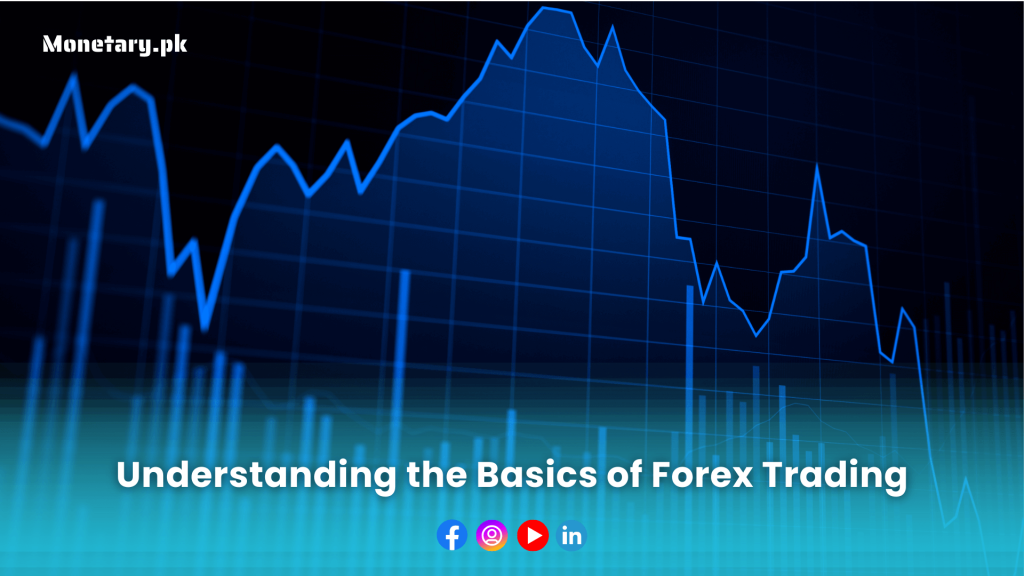To trade Forex successfully, you need to understand the charts well. Forex charts offer a crucial visual snapshot of market trends, helping you track price changes over a specific time frame. Of all these, Candlestick charts are recognized for their unique ability to graphically depict price movements. They effectively condense a complex variety of data into a distinct intuitive format. Traders look these charts to identify patterns, anticipate market shifts, and make informed decisions.
Key Tips for Reading Forex Charts:
1. Recognize Patterns
To decode any forex chart, familiarize yourself with some common patterns to gain valuable insight into market shifts. Spotting some candlestick charts’ patterns is helpful. For example, Doji pattern hints at market uncertainty, Hammer pattern signals a trend reversal, whereas Engulfing pattern reveals a significant momentum shift. Recognizing patterns help you guess next price movements and stay ahead by making smarter trading decisions.
2. Spot Trends
A trend is the direction in forex chart where the market is heading. Trends can be Bullish (uptrend), Bearish (downtrend) or Range-bound (sideways trend) representing that whether market prices are rising, falling, or moving sideways with no clear direction respectively. They are identified by connecting highs and lows with trend lines by analyzing chart indicators. Understanding trends help traders set realistic price targets and optimize trading approach.
3. Combine Indicators
In forex trading, indicators are mathematical calculations that evaluate market data like price and volume of a currency pair. They help traders analyze trends, predict future prices, and confirm trading decisions. For next level trading, try combining different technical tools together like pairing candlestick patters with indicators like Moving Averages reduces price volatility. While Relative Strength Index (RSI) reveals the overbought or oversold picture of market. A blend of different tools is a key to detailed market insights.
4. Time Frame Selection
Selecting the right time frame is vital for successful forex trading. Different trading styles require different time frames that align with a specific trading strategy and improved risk management. Intra-day traders (short-term traders) use 5-15 minutes charts for quick trades and Swing traders and Long-term investors use daily or weekly charts to capture border trends. Using the right time frame, traders will be better equipped to identify trading opportunities and achieve their goals.
Unlock your trading potential by mastering the skill of interpreting a forex chart, its patterns, and trends. This expertise enables you to identify lucrative trades, navigate the forex market, and confidently reach your objective.









